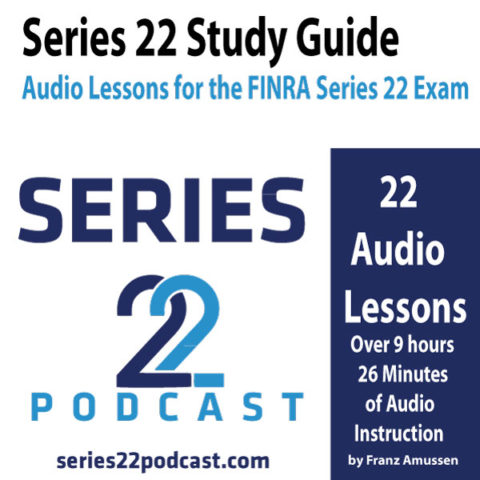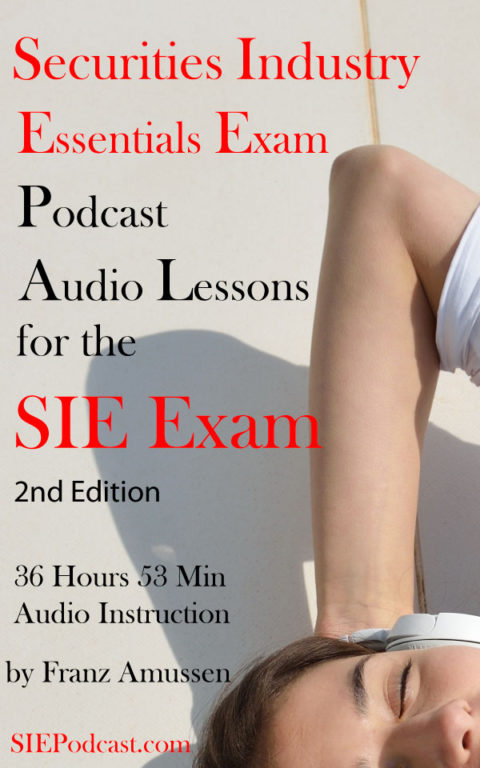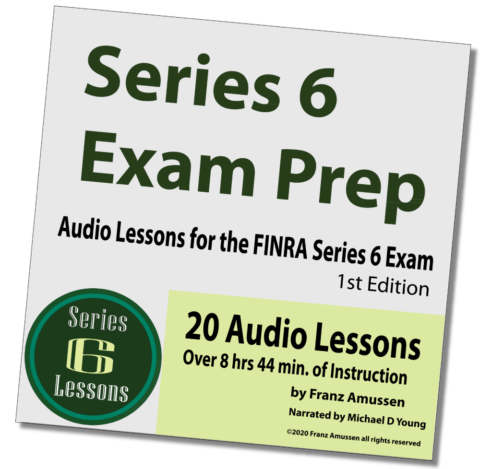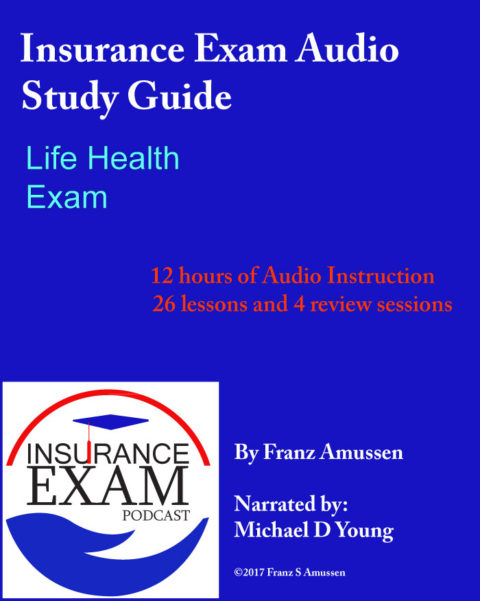Lesson 20 Margin accounts:
Margin accounts allow investors to buy securities without having to pay for them in full. They have to put a certain portion of the price down, called the margin, and then they can borrow from the broker-dealer. The size of the margin is set down by Regulation T by the Federal Reserve Board. They also control which securities can be purchased on the margin and how often it has be be paid.
When opening a margin account, you are required to sign three documents: the credit agreement, the hypothecation agreement, and the loan consent.
The credit agreement details the terms under which credit will be extended, and contains details about how much interest is charged. It is not paid on a regular schedule like a mortgage loan. The interest is simply charged.
The hypothecation agreement makes the customer’s securities being purchased the collateral for the loan.
The loan consent gives the brokerage the ability to lend out the securities to those who want to sell them short. This is an optional part of the agreement.
All these securities are held in the name of the brokerage so that they can sell them off if their value drops significantly.
Day trading is when a security is bought and sold on the same day. Firms that promote these strategies have to follow special procedures for account opening. They have to give customers a special risk disclosure document about day trading and then specially approve the amount for day trading.
A brokerage is not allowed to commingle two different customer’s securities in order to use them as collateral for a loan. They are never allowed to commingle customer’s securities with the firm’s securities either.
A wrap account is one that charges its customers a set annual fee to cover the costs for advice and execution of the account. The fee is based on what assets the account contains. The customers have to given a disclosure about the account fees before they open the account. Firms that offer wrap accounts have to be registered as investment advisors so that they can give good financial advice about the account.
Regulation S-P means that firms have to create regulations to protect their customer’s personal/financial information. This includes digital security to protect against data breaches. Customers have to provided with an initial privacy statement when their account is opened and then they should receive an annual privacy notice as well, which can be delivered electronically. Firms are not allowed to disclose nonpublic personal information to nonaffiliated third parties. There must also be a reasonable way for the customer to opt out of having their information shared, such as using emails or calling a toll-free number.
An ABLE amount (529 ABLE account) is a tax-advantaged savings account for the purpose of providing for disabled people. It stands for “achieving a better life.experience”. Each disabled person can only have one ABLE account at a time and they are considered the account owner and the beneficiary. Contributions are made with after-tax dollars and they grow tax deferred. The money in the account can be used tax free for qualified medical care and other qualified expenses that affect the person’s quality of life, such as transportation, housing expenses, and assistive technology, etc.
If you are ready to get serious and want the full series of Series 22 Audio Lessons…
In order to take the Series 22 Exam you must also Pass the SIE Exam
We also have audio lessons for the following exams:
Podcast: Play in new window | Download







